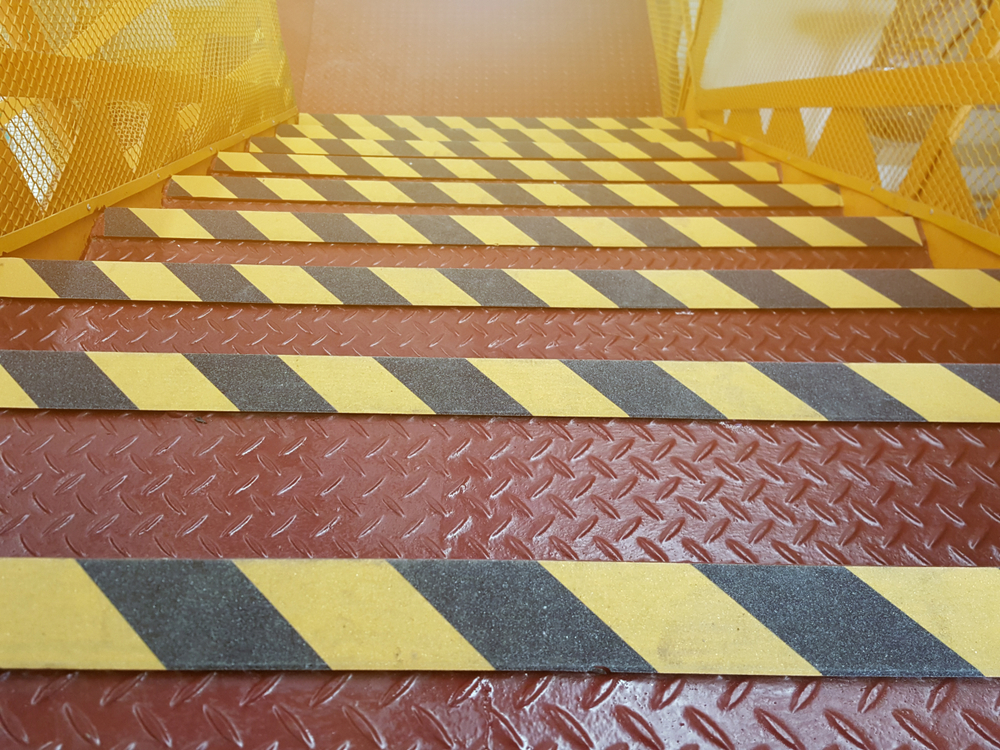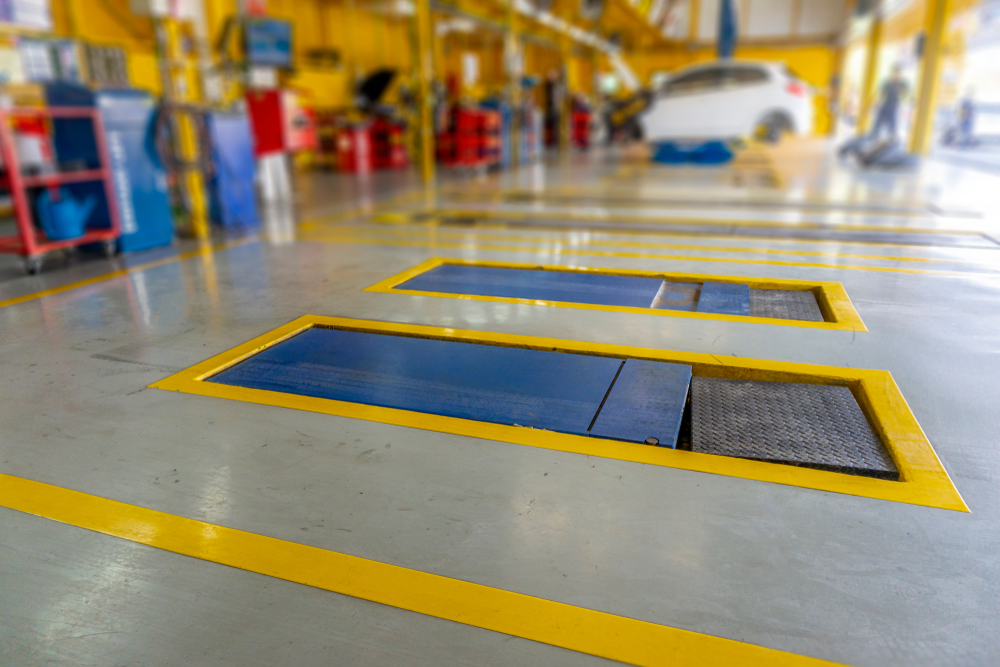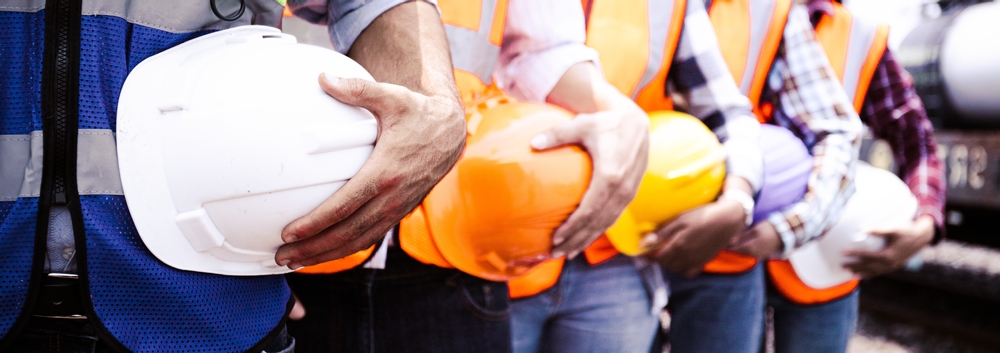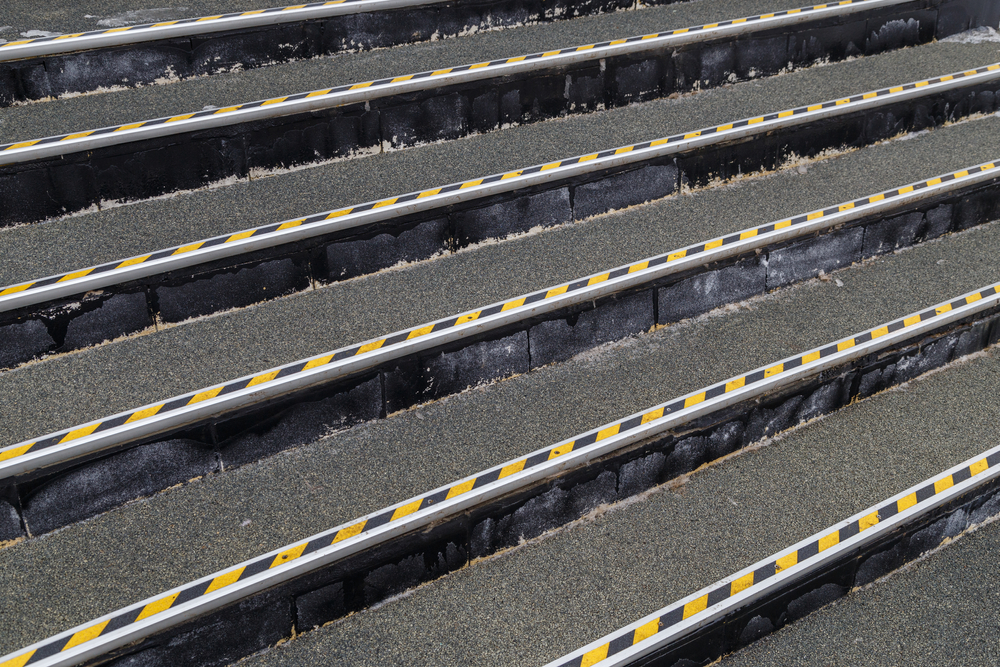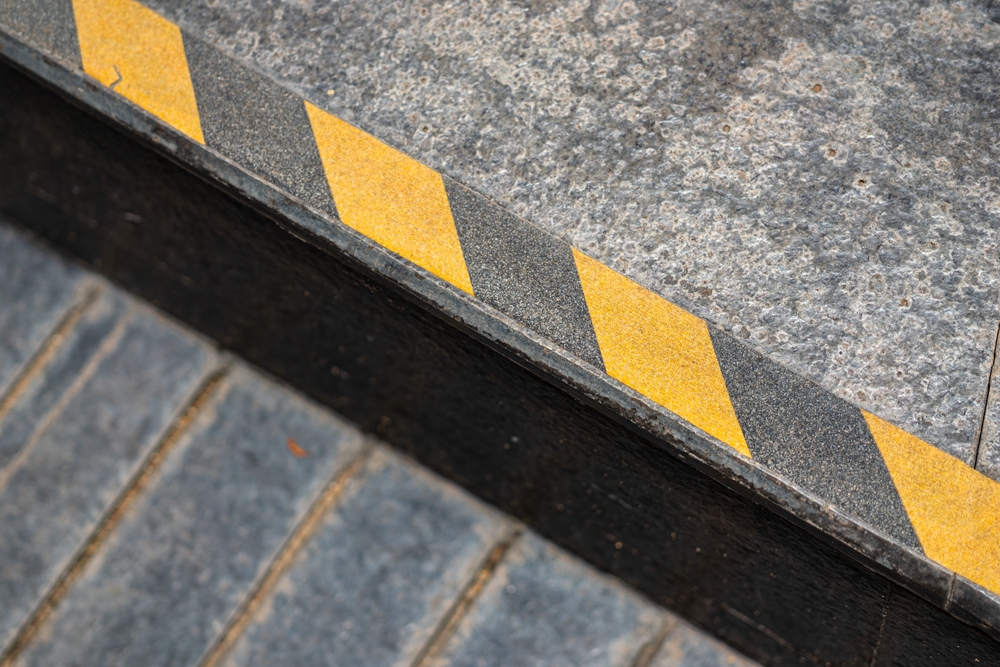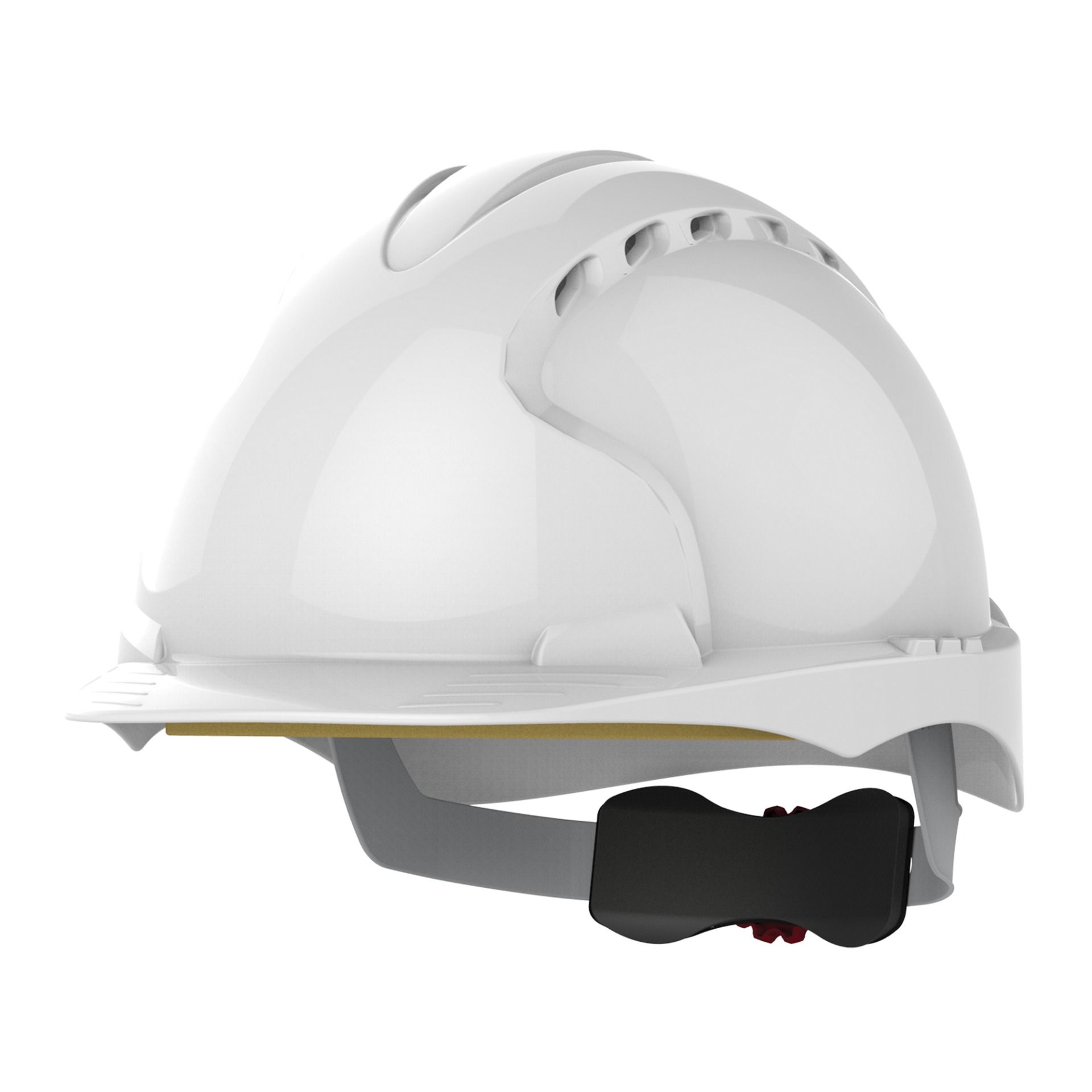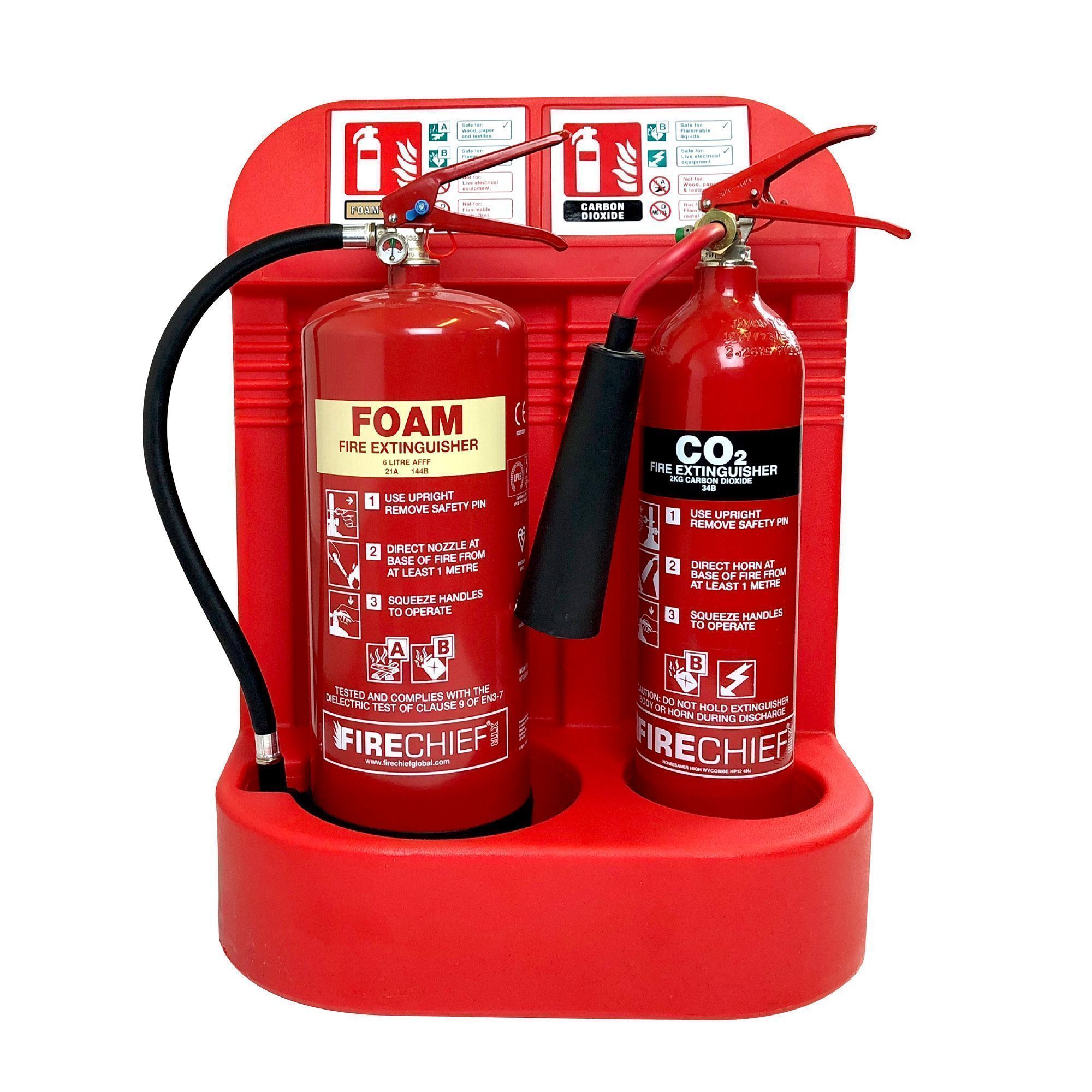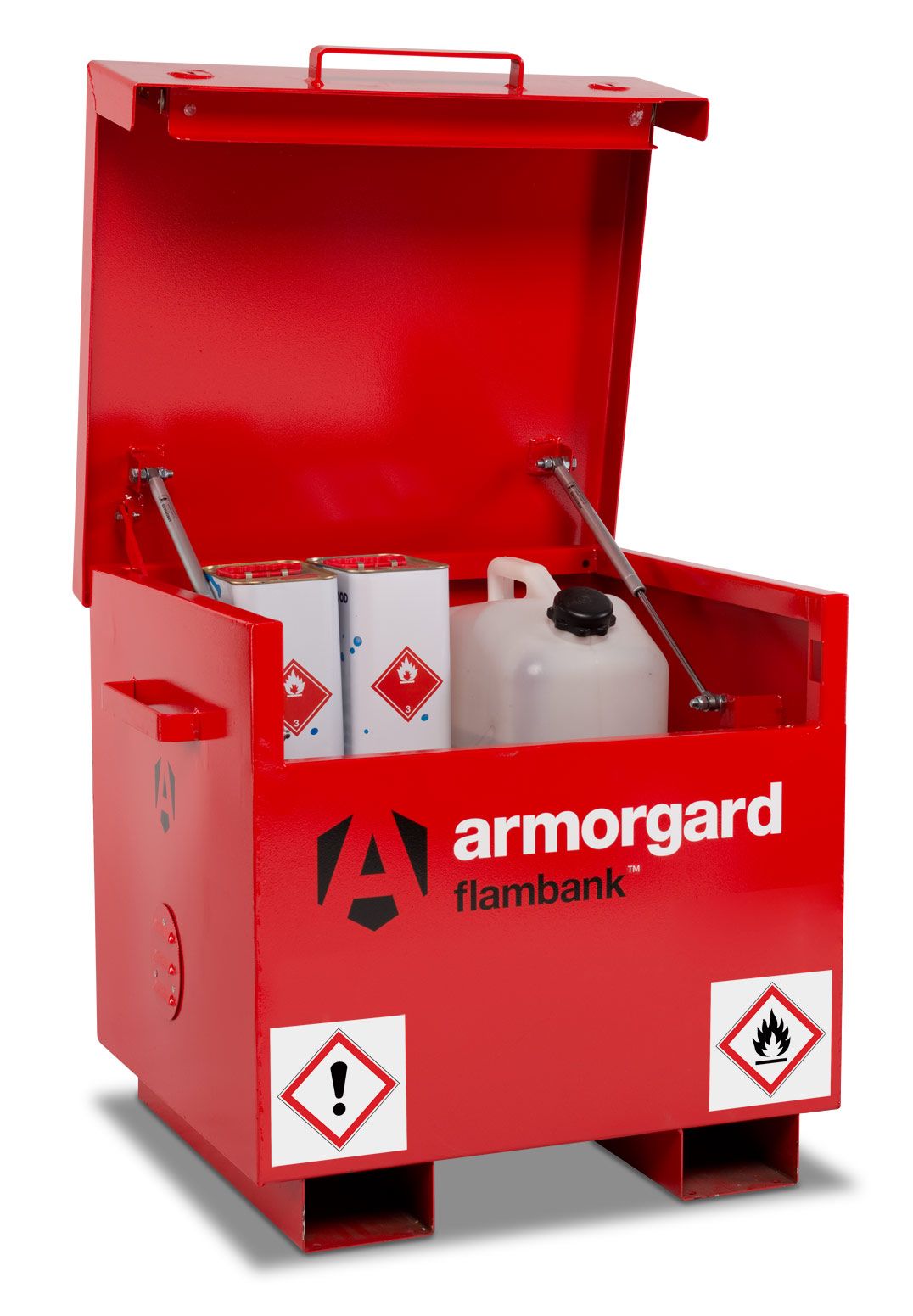Guaranteeing a safe working environment means taking steps to ensure that staff are provided with comprehensive protection against foreseeable risks during their day-to-day work routines. Safeguards against injuries to the head and hands are often seen as a top health and safety priority - but that doesn’t mean protecting the feet should be seen as any less important.
Estimates quoted by the Trades Union Congress (TUC) indicate that around 80 per cent of the UK’s adult population has some form of foot problem, many of which are caused or exacerbated by activities in the workplace. This is why it is so important to ensure that staff are always provided with the correct safety footwear for the job - and that every organisation’s working policies are designed with the wellbeing of their employees’ feet in mind.
The danger of not providing safe footwear
A failure to provide appropriate footwear for a given job can pose significant dangers to worker safety, not just through injuries directly to the feet, but also in terms of the broader risk of accidents that can be caused by inadequate footwear choices.
These include:
An increased risk of slips, trips and falls
Slips and falls are one of the most common causes of workplace injuries, and the risk of these occurring can be greatly increased if staff are wearing footwear that lacks the proper amount of grip, or are too large and clunky to walk in comfortably. Although it is ideal to eliminate slip and trip hazards from your working space entirely, specific safety footwear is needed when these risks cannot be fully removed.
Crushing or machinery-related damage to the feet
Employees who are carrying heavy loads or working in close proximity to heavy machinery will require sturdy protective boots - potentially with steel caps - to ensure their feet are not crushed if they are struck by a sudden impact.
Injuries caused by nails or sharp objects on the floor
Once again, nails and sharp objects should ideally be removed from the floor of a working area wherever possible, but there are some cases where this is a likely occupational hazard. In these instances, puncture-resistant soles are essential.
Temperature-related issues
If workers are in a cold or wet environment, they will require footwear with strong insulating qualities to protect their feet. On the flipside of this, employees in hot conditions will need shoes or boots that allow their feet to breathe, without compromising their other protective qualities.
Issues with comfort and chafing
When staff are wearing the same set of footwear every single day for hours on end, issues of comfort cannot be considered trivial. Poorly-fitted shoes can cause intense pain and damage to the skin over time, which is why it is essential to source footwear that does not cause discomfort to the wearer.
Choosing the right safety footwear
With all of these considerations in mind, it becomes vital for businesses to ensure that they consider the specific needs of their workforce when purchasing safety footwear, with attention paid to their working conditions and the most common risks that are present.
After carrying out a comprehensive risk assessment, managers should consider the following issues when making footwear choices:
- What are the most common risks of foot injuries in my workplace? Does the work put feet at risk of punctures, crushing, cuts, lacerations or falling objects? If so, will protective soles or steel toecaps be required?
- Could footwear contribute to the risk of slips, trips and falls in the workplace? Are the soles made of appropriate anti-slip material for the flooring or walking conditions? Might the tread patterns become clogged over time, or is there a chance of the soles quickly becoming dirty or worn out, in a way that decreases their effectiveness?
- Is the footwear insulated against the weather and temperature conditions that workers will encounter? Is the material breathable enough to avoid unnecessary discomfort?
- Is the shoe comfortable enough for prolonged wear? Does it provide the necessary support to the heels and ankles to reduce the risk of twists and sprains? Do they fit the user’s feet properly without causing chafing? Is the footwear adequately reflect the amount of time the user spends standing or walking?
Answering these questions should be seen as an ongoing process, and constantly reviewed and re-evaluated - you may purchase footwear that meets all of your needs on paper, but if workers are finding them uncomfortable or impractical during actual use, it is the employer’s responsibility to put this right.
It should also go without saying that in cases where special footwear is essential for doing the job safely, then these should be provided free of charge. Getting the right footwear is about finding products that are most suitable, rather than the cheapest available option. By choosing the best shoes for the job, it is more likely that they will last longer and be used properly, in a way that offers the desired protection.
Making the extra effort to protect employees’ feet
It is also worth considering that sourcing high-quality safety footwear is just one part of the wider efforts that employers should be making to help their workers look after their feet.
For example, many companies implement strict dress codes that require members of staff - especially women - to wear uncomfortable or impractical shoes to achieve a certain aesthetic, without considering the health and safety implications. Other jobs are known to implement policies that require staff to remain standing for extended periods without any good reason to do so, which can contribute to all manner of lower limb disorders.
As such, businesses from all sectors should proactively review their working policies to ensure they are doing everything they can to protect their staff from potential problems with their feet, using the issue of appropriate safety footwear as a starting point, rather than a be-all and end-all. By taking these steps, businesses will be able to ensure their workers receive the protection they require, from head to toe.
At SafetyBuyer, we offer a wide range of safety footwear products to suit all workplace requirements. If you have any questions, don’t hesitate to get in touch with us on 0800 043 0161, or email us at sales@safetybuyer.com.
 Over 12,000
Over 12,000  Simple no quibble
Simple no quibble  Prompt dispatch &
Prompt dispatch &  UK Mainland Delivery
UK Mainland Delivery 
